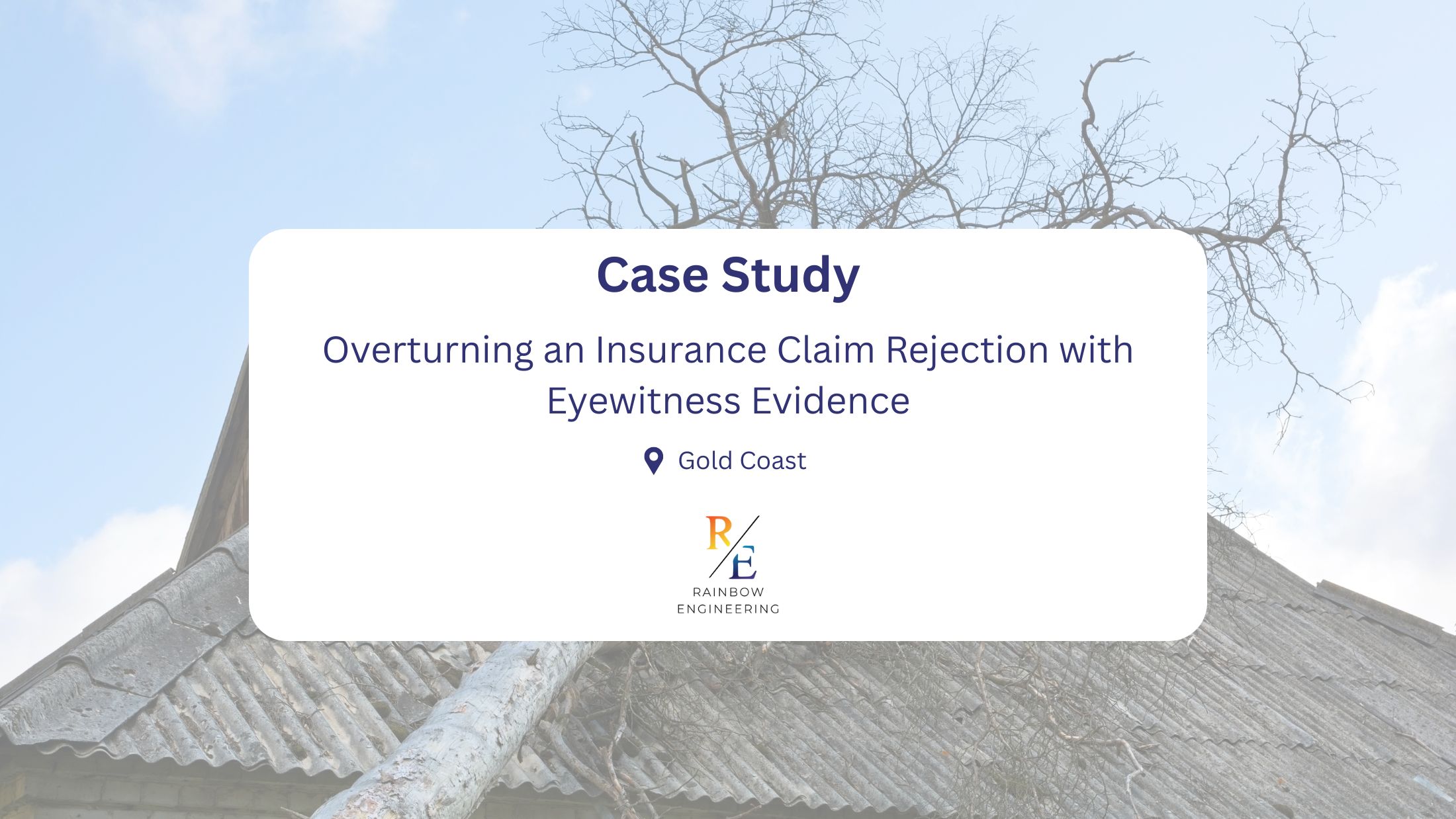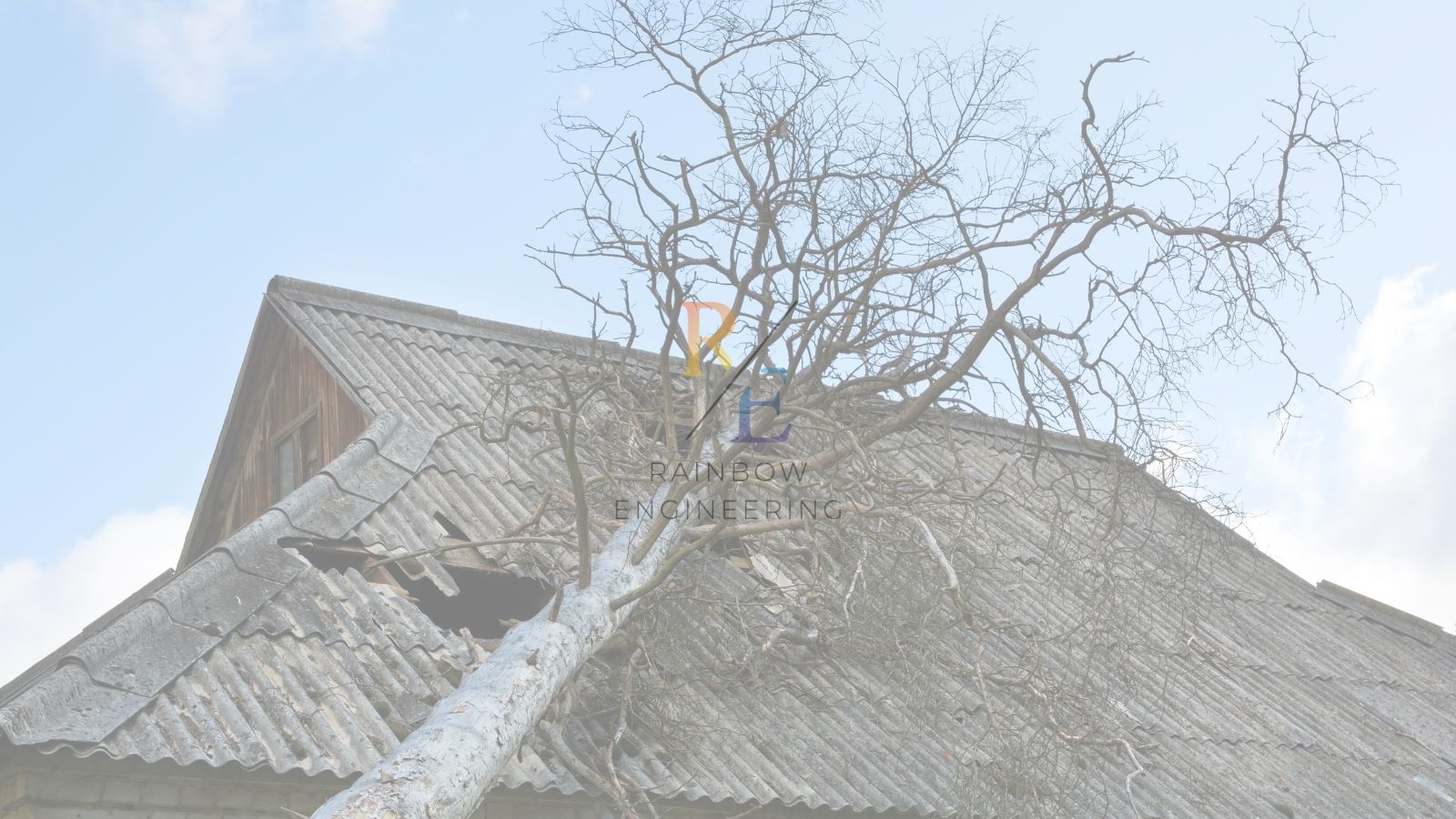
Background
A client lodged a claim with their home and contents insurance provider following significant damage to their property caused by a recent cyclone Alfred, which hit the Gold Coast area. The damage included a collapsed fence, large cracks, and water ingress into some areas. The policy covered storm-related damage, and the client promptly submitted photographs, repair quotes, and the required claim form.
However, several weeks later, the insurer issued a claim rejection notice, citing that the damage was the result of pre-existing structural defects rather than the storm event. The insurer’s assessor claimed that based on Google map historical photos, the dwelling may have shown signs of long-term deterioration and that the water ingress was caused by poor maintenance,” not a storm impact.
Initial Challenge
The client strongly disagreed with the insurer’s findings, insisting the property was in sound condition before the storm. However, the insurer stated that without conclusive proof that the damage was storm-related, their assessment stood. This placed the customer in a difficult position: the burden of proof now rested on them to demonstrate the damage was caused directly by the insured event and not by pre-existing conditions.
Intervention
The client sought our technical expertise to challenge the decision. The strategy involved:
- Reviewing the Claim File
Obtaining a copy of the insurer’s assessor reports, noting that the insurer had not inspected the property prior to the storm, meaning their assessment relied solely on post-event observations.
- Gathering Independent Evidence
Carry out an independent visual inspection for the damage
Analyze the signs of damage and determine the root cause.
- Securing an Eyewitness Report
Drafting an eye witness report listing the findings, root cause analysis, technical argument and conclusion
- Formal Appeal Submission
Preparing a written appeal to the insurer’s Internal Dispute Resolution department and AFCA.
Outcome
Within three weeks of submitting the appeal, the insurer overturned its decision. The claim was approved in full, covering:
- Replacement of the damaged fence.
- Repairs to the impacted structural elements.
The insurer acknowledged that the eyewitness account provided credible, time-specific evidence that could not be dismissed. The original rejection on the basis of “pre-existing conditions” was found to be insufficiently substantiated.
Key Learnings
- Pre-existing condition claims require clear proof: Insurers must substantiate such rejections with definitive evidence, not assumptions.
- Eyewitness evidence is powerful: First-hand accounts, especially supported by photographs and objective evidence, can be decisive in disputes.
- Persistence pays off: Challenging an insurer’s decision through the proper dispute resolution process, accompanied with independent expert advice, can yield results when supported by credible, independent evidence.

